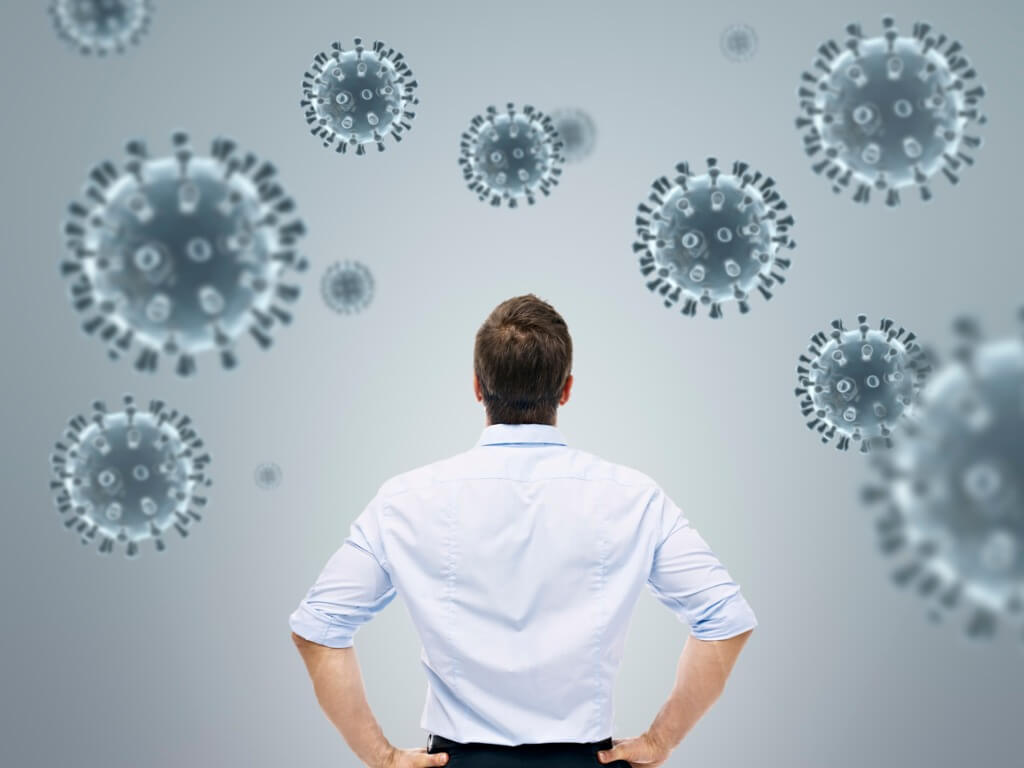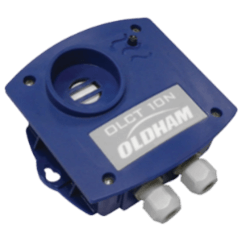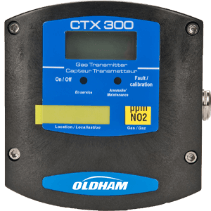
By: J.C. Arènes – Analyzer Specialist.
Is there a link between air quality and the propagation of infectious airborne diseases?
Yes! Studies have demonstrated that there is increasing evidence that carbon dioxide levels in buildings correlate strongly with the airborne spread of infection.
Carbon dioxide is naturally produced during human exhalation, and thus monitoring of carbon dioxide levels indoors can give an indication of inadequate ventilation levels.
This was clearly demonstrated in a 2019 study on a tuberculosis outbreak in Taipei University, in Taiwan. It was found that many of the rooms were poorly ventilated and reached CO2 levels above 3,000 ppm. When engineers brought CO2 levels down to under 600 ppm, the outbreak stopped.
Carbon dioxide gas detectors from Teledyne Gas & Flame can monitor CO2 levels on a continuous basis, providing valuable feedback to building operation staff to help ensure optimal air quality levels and occupant safety.
We keep hearing these days about Dry ice; What is dry ice, and how is it formed?
Storage of some COVID-19 vaccines must be done at very low temperatures, which may require the use of dry ice. Dry ice is the commonly used term for solid carbon dioxide (CO2). Dry ice undergoes sublimation (changing state from a solid to a gas without the intervening liquid state) at -78.5°C, which can lead to the accumulation of carbon dioxide gas in enclosed spaces.
With a speci
Installation of fixed gas detection solutions from Teledyne Gas & Flame can monitor carbon dioxide levels in the storage facilities and provide warnings to personnel when dangerous conditions arise.
Is there a solution providing remote monitoring for unattended cold storage facilities?
Sensaphone devices can do that! These systems can monitor signals such as temperature changes, humidity fluctuations, water leaks, power failures, and even elevated carbon dioxide levels from dry ice.
Cloud-based and cellular solutions are available to
Combined with gas detectors from Teledyne Gas and Flame, personnel and vaccine safety are assured.
